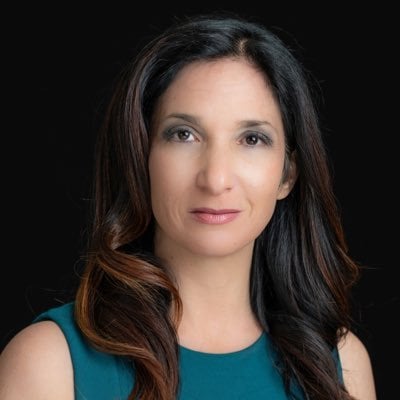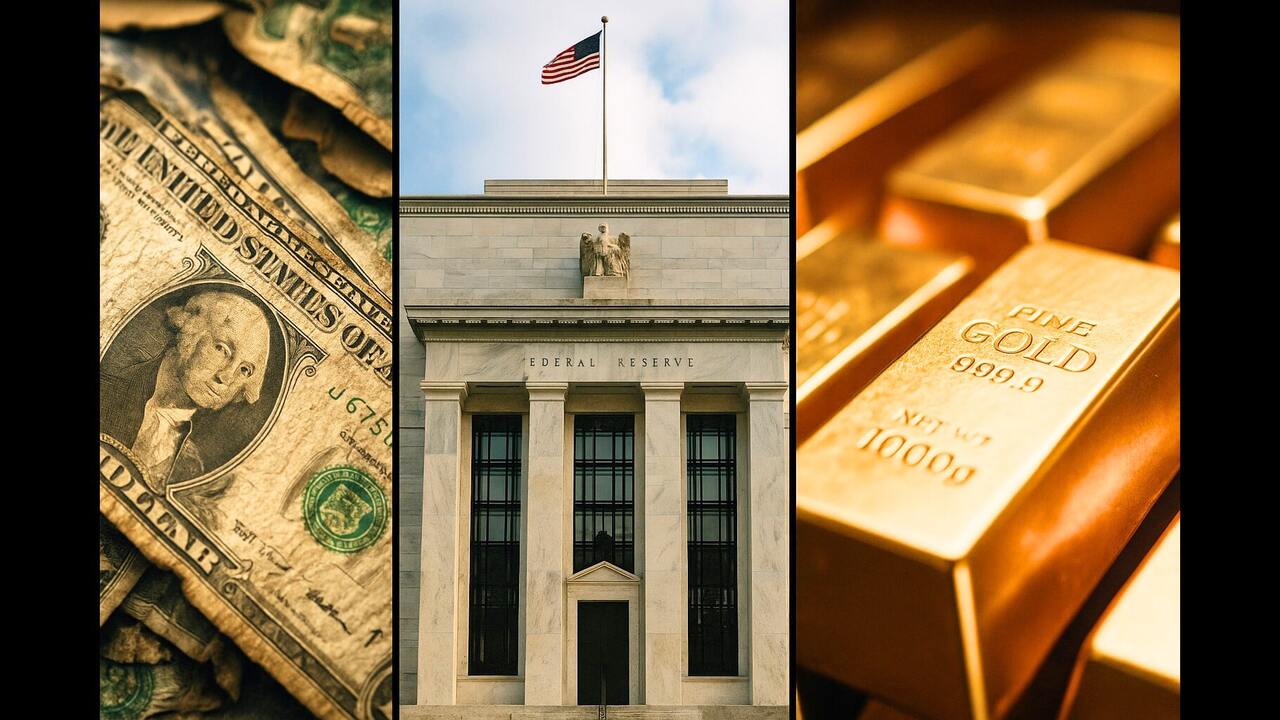(Money Metals News Service) In this episode of the Money Metals podcast, host Mike Maharrey chats with Dr. Nomi Prins in an engaging interview.
Dr. Nomi Prins kicked off the discussion by framing today’s gold rally as just the beginning of a much larger trend. She forecasted gold reaching $3,000 by the end of 2024, $4,000 in 2025, and $5,000 by 2026.
These numbers aren’t arbitrary—they’re driven by structural forces reshaping global finance. Gold’s momentum is fueled by central bank accumulation, rising distrust of fiat currency, and growing economic and geopolitical instability.
(Interview Starts Around 7:40 Mark)
Who Is Dr. Nomi Prins?

Dr. Nomi Prins is a former Wall Street executive turned geopolitical financial analyst, investigative author, and thought leader on central banking and monetary policy. She held senior roles at top financial institutions, including Goldman Sachs, Bear Stearns, Lehman Brothers, and Chase Manhattan Bank, before leaving the industry to expose its inner workings.
Prins earned her PhD in International Strategic Studies with a specialization in International Political Economy from the Federal University of Rio Grande do Sul in Brazil. Her academic background complements her real-world experience in global finance, allowing her to connect economic theory with geopolitical and market realities.
She is the author of several critically acclaimed books, including All the Presidents’ Bankers, Collusion, and Permanent Distortion, which examine the deep ties between global finance and political power. She now shares macroeconomic insights and field-based investment research through her platform, Prinsights on Substack, where she helps investors navigate long-term economic shifts.
Why Central Banks Are Loading Up
A core driver of gold’s surge is central bank diversification. Institutions across the globe are shifting away from U.S. Treasuries and into gold, which the Bank for International Settlements now treats as a Tier 1 reserve asset. China, for example, has halved its Treasury holdings since 2018 while steadily increasing its gold stockpile. Yet gold still only makes up 5% of China’s total reserves, indicating significant upside potential.
China’s Gold Strategy: Playing the Long Game
China’s increasing accumulation of gold—much of it off the books, according to analysts like Jan Nieuwenhuijs—is part of a broader strategy to de-risk from dollar dependency and position itself as a global monetary anchor.
Prins emphasized that China’s long-term strategy is about more than risk management—it’s about monetary independence. By accumulating gold, China is building a foundation for trade and financial stability and autarky.
Gold gives them leverage with trading partners and helps insulate the country from foreign sanctions and fiat volatility. Their endgame appears to be a more balanced global system with less reliance on the dollar through a tactic of de-dollarization.
The East Buys Gold While the West Sleeps
While U.S. physical demand for bars and coins declined last quarter, demand across Asia and Europe surged.
Prins recounted visiting the Vienna Mint, where lines of customers were buying gold by appointment—driven by memories of conflict and a desire for tangible security.
In the U.S., that urgency hasn’t fully taken hold, though signs of awakening are emerging. Major firms like Morgan Stanley and Goldman Sachs are now recommending gold allocations to private wealth clients.
Redefining the “Gold Bug”
Being called a “gold bug” once implied eccentricity. That’s changing. As Prins put it, today’s environment has transformed gold buyers into pragmatic investors.
Thanks to apps like Glint and programs such as Money Metals’ monthly accumulation plan, average investors can build a position over time.
Investors no longer need to purchase full ounce coins to participate—fractional ownership, digital platforms, and verified storage options have lowered the barrier to entry.
De-Dollarization Is Real—and Gradual
While the dollar remains the dominant global reserve currency, its supremacy is slowly eroding. Prins highlighted that U.S. debt has reached $37 trillion, and major foreign buyers—especially China—are reducing their exposure to Treasuries.
Even a marginal decline in global demand for the dollar poses serious long-term consequences.
According to Prins, de-dollarization won’t happen overnight, but the shift is real and policymakers should be paying attention.
How Russia and Poland Used Gold as a Shield
Russia’s heavy gold reserves helped it weather unprecedented sanctions after its invasion of Ukraine.
Meanwhile, Poland aggressively increased its gold holdings in recent years, calling the metal “economic fire insurance.”
Prins noted that gold’s role as a tool for geopolitical and financial sovereignty is increasingly evident—not just as a hedge against inflation, but as a strategic reserve for national resilience.
Why Silver Has Lagged—and Why That Will Change
Silver has underperformed compared to gold, frustrating many investors. Prins explained that silver’s dual role as an industrial and monetary metal makes it more vulnerable to economic narratives.
While fears of a global slowdown have weighed on silver, long-term demand—especially from green energy and infrastructure—remains strong.
She expects silver to catch up and climb to $45–$50 per ounce within the next one to two years as global industrial demand rebounds.
What Everyone’s Missing
In a media landscape obsessed with short-term headlines, Prins believes most analysts are missing the forest for the trees.
While GDP prints and consumer data grab attention, long-term trends in commodities like gold, silver, copper, and uranium tell a different story. These are real assets with real value, driven by supply chains, infrastructure, and energy demand—forces largely immune to short-term market noise.
Long-Term Thinking in a Short-Term World
Prins closed by urging investors to ignore the 30-second news cycle and instead focus on deep, structural shifts.
At Prinsights, her Substack-based research platform, she and her team conduct on-the-ground analysis of mining operations, supply chains, and emerging technologies. She emphasized that sustainable wealth isn’t built by chasing headlines—it’s built by understanding and acting on long-term trends.
Dr. Nomi Prins can be found on the following platforms:
- X (formerly Twitter) – @nomiprins
- Website – NomiPrins.com
- Instagram – realnomiprins
- LinkedIn – Nomi Prins
- Substack – Prinsights

